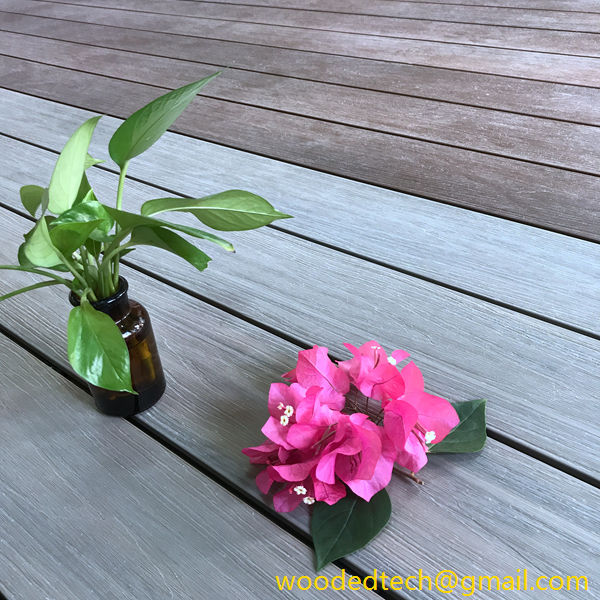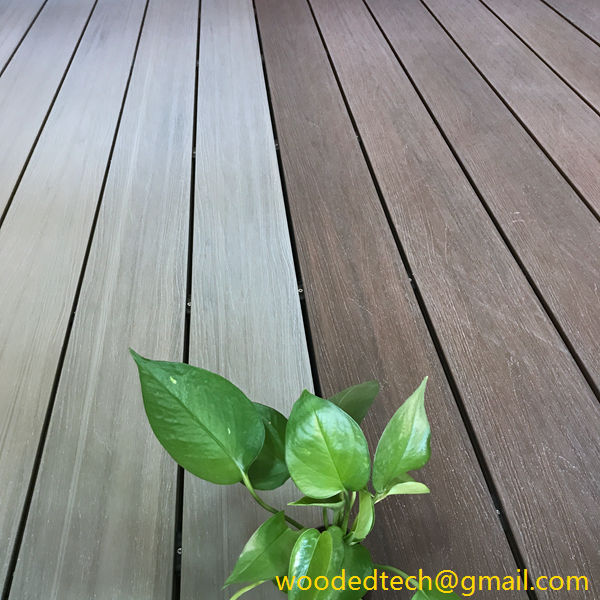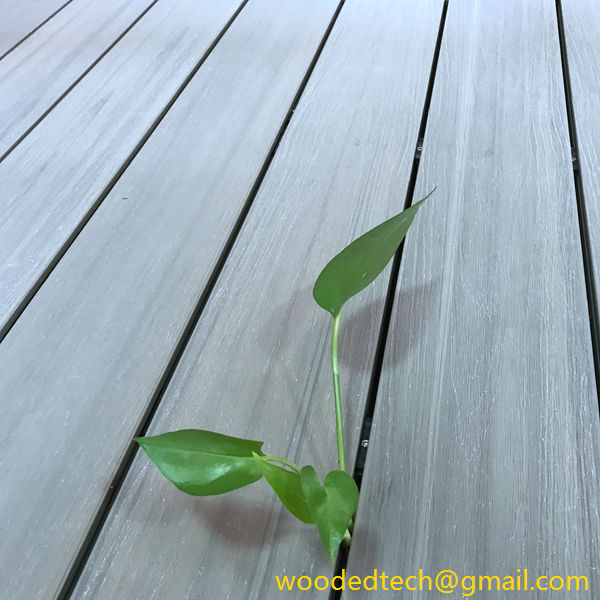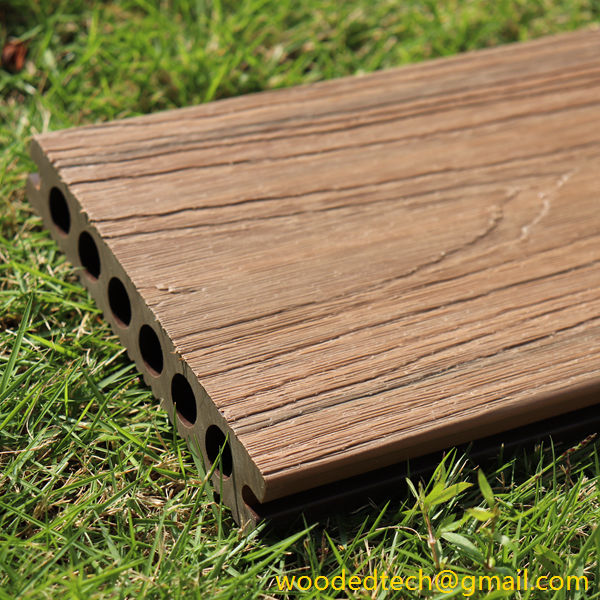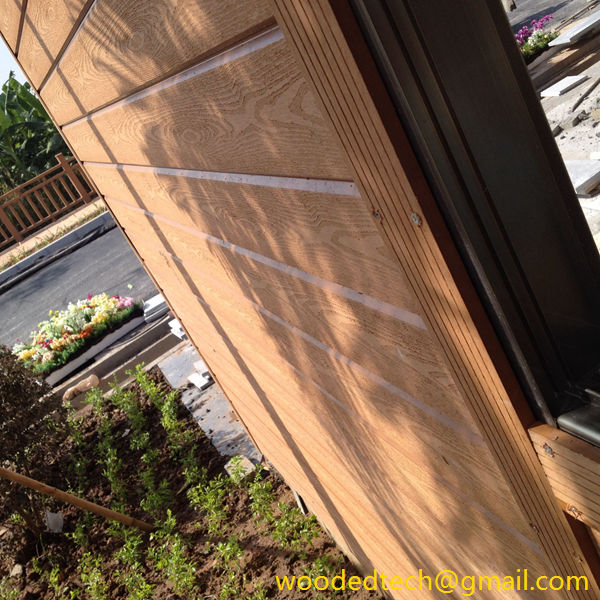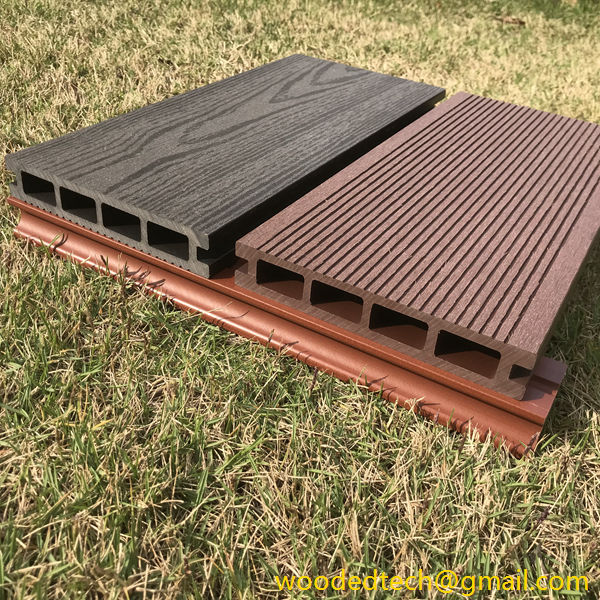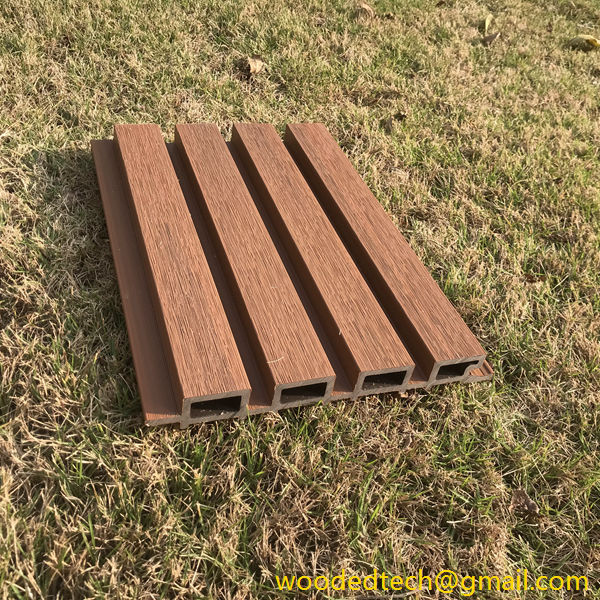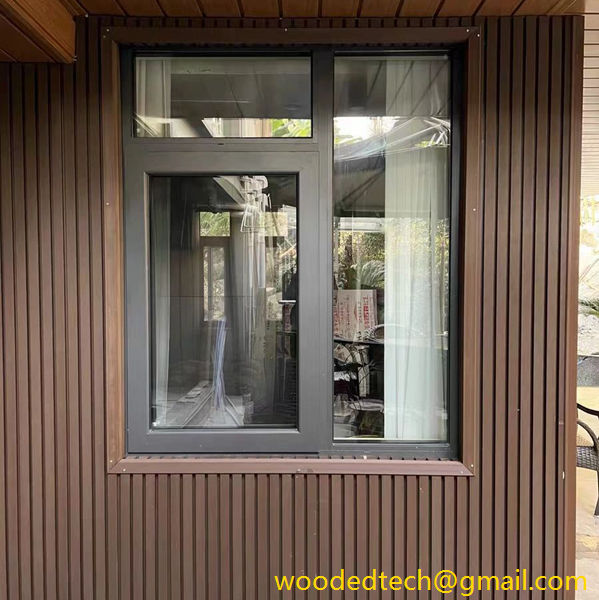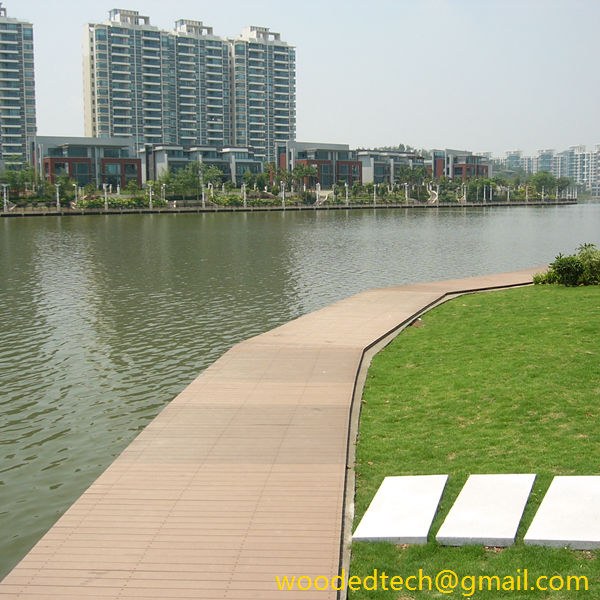Discover the Benefits of Plank WPC Flooring for a Durable and Eco-Friendly Home Renovation Solution
Discover the Benefits of Plank WPC Flooring for a Durable and Eco-Friendly Home Renovation Solution In recent years, the demand for sustainable and durable flooring options has surged, driven by a growing awareness of environmental issues and a desire for long-lasting home improvement solutions. One such option that has gained significant traction in the market…
Discover the Benefits of Plank WPC Flooring for a Durable and Eco-Friendly Home Renovation Solution
In recent years, the demand for sustainable and durable flooring options has surged, driven by a growing awareness of environmental issues and a desire for long-lasting home improvement solutions. One such option that has gained significant traction in the market is Plank Wood Plastic Composite (WPC) flooring. Combining the aesthetic appeal of wood with the resilience of synthetic materials, WPC flooring presents a compelling choice for homeowners looking to renovate their spaces. This article explores the benefits of WPC flooring, particularly from the perspective of global production capacity distribution, and its implications for eco-friendly home renovations.
Understanding WPC Flooring
Plank WPC flooring is a type of engineered flooring made from a combination of wood fibers and recycled plastic materials. This innovative product mimics the appearance of real wood while providing advantages that traditional hardwood and laminate floors cannot match. The manufacturing process of WPC flooring typically involves combining wood flour with thermoplastics, which are then heated, molded, and formed into planks. The result is a flooring product that is not only visually appealing but also highly functional.
Durability and Resilience
One of the primary benefits of WPC flooring is its exceptional durability. Unlike traditional hardwood, which can be susceptible to scratches, dents, and moisture damage, WPC flooring is designed to withstand the rigors of daily life. It is waterproof, making it an excellent choice for areas prone to spills and humidity, such as kitchens and bathrooms. Additionally, the composite structure provides enhanced resistance to wear and tear, ensuring that the flooring maintains its appearance over time. This durability means that homeowners can enjoy their floors without the constant worry of upkeep or replacement.
Eco-Friendly Manufacturing
From a global production capacity distribution perspective, the environmental impact of flooring options is a crucial consideration. WPC flooring is often produced using recycled materials, which significantly reduces the demand for virgin resources. The use of recycled plastic not only diverts waste from landfills but also minimizes the carbon footprint associated with the extraction and processing of raw materials. Moreover, many manufacturers are adopting sustainable practices in their production processes, such as using energy-efficient machinery and eco-friendly adhesives. By choosing WPC flooring, homeowners can contribute to a more sustainable future while enhancing the beauty of their homes.
Aesthetic Versatility
Another significant advantage of WPC flooring is its aesthetic versatility. Available in a wide range of colors, textures, and finishes, WPC planks can complement various interior design styles. Whether homeowners prefer a rustic, traditional look or a sleek, modern aesthetic, there is a WPC flooring option to suit their preferences. The ability to replicate the appearance of natural wood species, including oak, hickory, and walnut, allows homeowners to achieve the desired ambiance without compromising on durability or environmental considerations.
Cost-Effectiveness
In addition to its durability and eco-friendly attributes, WPC flooring offers a cost-effective solution for home renovations. While the initial investment may be slightly higher than some alternatives, its long lifespan and low maintenance requirements result in significant savings over time. Homeowners can avoid the costs associated with refinishing or replacing traditional hardwood floors, making WPC an economically sound choice in the long run. Furthermore, the ease of installation, often through a simple click-lock system, can reduce labor costs and expedite renovation projects.
Global Production Capacity and Trends
The global production capacity for WPC flooring has been steadily increasing due to rising consumer demand for sustainable building materials. As awareness of environmental issues grows, more manufacturers are investing in the development of WPC products, leading to greater availability and variety in the market. Regions with abundant resources for recycling and wood fiber, such as North America and Europe, are becoming key players in the production landscape.
In addition, trade agreements and international collaboration have facilitated the distribution of WPC flooring across borders. As manufacturers expand their reach, homeowners around the world can access high-quality, eco-friendly flooring options. This global distribution not only supports local economies but also encourages sustainable practices across the industry.
Conclusion
In conclusion, Plank WPC flooring presents a multitude of benefits for homeowners seeking a durable and eco-friendly renovation solution. Its impressive durability, aesthetic versatility, and cost-effectiveness make it an attractive alternative to traditional flooring options. Additionally, from a global production capacity distribution perspective, the increasing availability of WPC flooring reflects a shift toward sustainable practices within the industry. By choosing WPC flooring, homeowners can enhance the beauty of their homes while making a positive impact on the environment. As we continue to prioritize sustainability in our living spaces, WPC flooring stands out as a smart choice for the modern home renovation.

